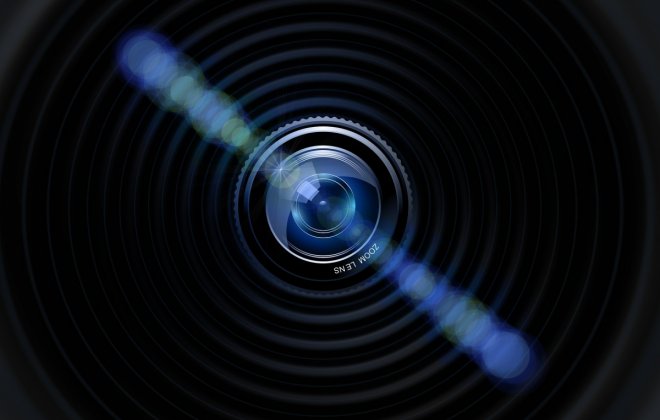
Scientists have developed a natural bacterial immune system into a microscopic data recorder that lays the foundation for a new class of technologies that use bacterial cells to incorporate everything from disease diagnosis to environmental monitoring.
Using CRISPR-Cas, an immune system in multi-species of bacteria, the researchers studied human gut microbe Escherichia coli (E. coli) to perfoprm as data recorder when inserted into the body.
"The CRISPR-Cas system is a natural biological memory device," said Harris Wang, Professor at the Columbia University Medical Center.
"From an engineered perspective that's actually quite nice because it's a system that has been honed through evolution to be really great at storing information," said Wang.
Whenever bacteria persist an encounter with attacking viruses,CRISPR-Cas extracts the foreign's DNA. Moreover, the CRISPR-Cas system could identify even if these viruses infect for the second time and remove it thoroughly.
"Such bacteria, swallowed by a patient, might be able to record the changes they experience through the whole digestive tract, yielding an unprecedented view of previously inaccessible phenomena," said Harris.
Researchers modified a section of DNA called plasmid which have the potential to replicate more copies of itself in the bacterial cell by acknowledging an external signal. However, other separate recording plasmid directs the recorder, marks time and exhibits the components of the CRISPR-Cas system.
The researchers could then identify the bacterial CRISPR-Cas locus and by using computational tools to read the recording and its timing.The study proved that CRISPR-Cas could handle three signals at a time and record for days.
Initially, CRISPR has been used to store poems, books, and images in DNA. However, this is the first time used to store cellular activity and its timing, said researchers.









